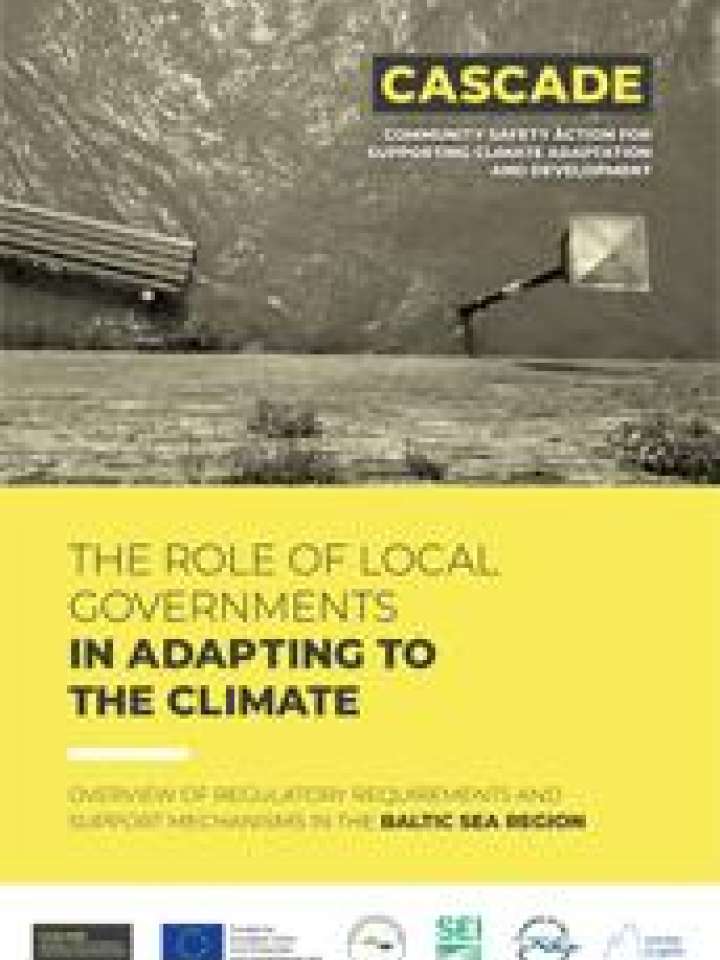The role of local governments in adapting to the climate
The current overview of the climate adaptation related regulations and activities at the national, regional and local levels in Baltic Sea Region (BSR) countries is based on a document review using the latest national communications of the countries under the Framework Convention on Climate Change (submitted 2017-2018). Reports available online (Covenant of Mayors, various national climate related websites, the EC Adaptation Scoreboard reports and country speci c studies) were used to complement the scarce data from the National Communications.
The EU strategy on climate adaptation aims for a more resilient Europe. The EU strategy promotes both national level strategies as well as actions which implement those strategies. According to an EC report on the implementation of the strategies, the progress related to local level adaptation strategy development has been slower than expected and varies from Member State to Member State and is likely dependent on the national legislation.1 This report aims at looking into the legislation and how it plays out at the local level.
Obligation to prepare (mandatory) Climate Change Adaptation strategy or Action Plan for Local Government has been imposed only in one of nine countries in the region (Denmark). However, despite this fact, local level climate adaptation activity is found throughout the region and supported in a variety of ways. Alongside national level work, domestic and international projects and networks support local authorities in these activities providing them with guidance, support and funding. However, such support may be fragmented and limited in time.
The desk review revealed two knowledge gaps which will be the focus of future research conducted through targeted interviews of local and national level adaptation related authorities in the BSR countries. First, while municipalities do have some obligations to carry out climate risks assessments and/or take climate risks into account while planning it is unclear whether these obligations go beyond narrowly de ned risks (e.g. oods) and to what extent they are conducted in an integrated manner involving other actors and sectors. Second, while funding, guidance and climate adaptation information for local authorities existed in most of the countries, their suf ciency was not as clear.
Explore further
